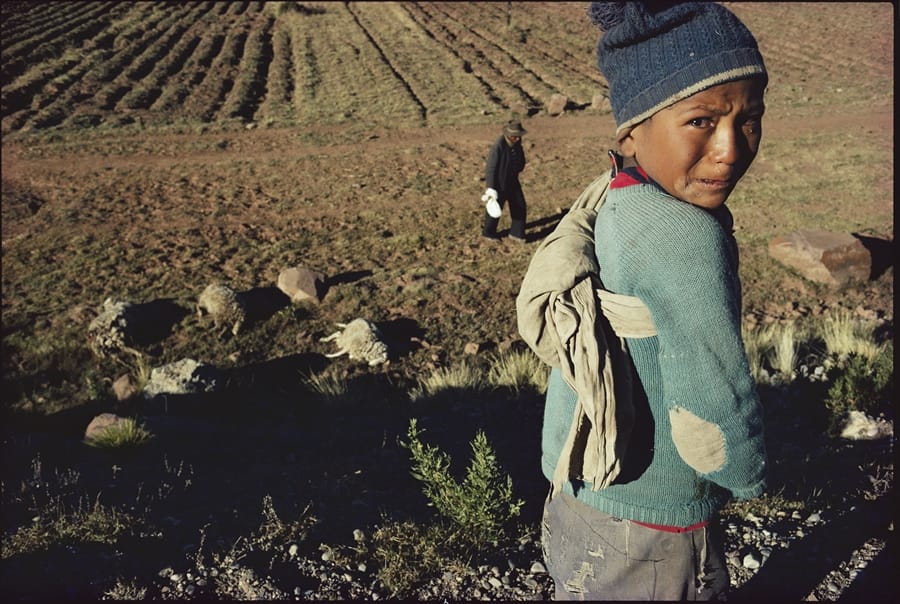Jon Behar, Director of Philanthropy Education at The Life You Can Save (center), received the Partnership Challenge Fan Favorite Award for his research on set choice and charitable giving at the second annual Science of Philanthropy Initiative conference last week.
I had the pleasure of representing The Life You Can Save at the Science of Philanthropy Initiative's second annual conference in Chicago last week. SPI is “a research and outreach project that utilizes rigorous quantitative methods and partnerships with the philanthropic community to explore the motivations behind charitable giving.”
The conference brought together 200 people who spend their days thinking and learning about what makes donors tick. Researchers shared their findings with their peers, non-profit practitioners, and fundraising professionals in over 40 presentations and panel discussions.
The Life You Can Save was part of this exchange of ideas. We presented our research on "The Impact of Choice Set Size & Heterogeneity on Giving," which we conducted in partnership with Ayelet Gneezy and Elizabeth Keenan of the University of California San Diego's Rady School of Management. In other words, if you ask someone to choose from a list of charities, how does the size of that list and the similarity of the charities on that list impact how donors give to the charity they select? These questions have obvious implications for The Life You Can Save's recommended charity list and our Giving Games program. Our preliminary findings show that donors respond more generously when faced with larger choice sets, but we plan to extend our research to try to identify when "choice overload" may kick in. We're not the only ones interested in this topic. We’re excited to report that our poster presentation was voted winner of the "Fan Favorite" award by conference attendees!

How do potential donors respond when presented with opportunities to give? This is one of the questions The Life You Can Save and University of California-San Diego researchers decided to find out. Initial results indicate that donors give more generously to charity when presented with diverse and robust giving options. See the full presentation from the SPI conference here.
The conference also provided a chance to connect in person with some other researchers we're collaborating with—including Dan Houser (head of the Interdisciplinary Center for Economic Science at George Mason University), Luigi Butera (a Research Fellow in Economics at the University of Chicago), and Ashley Whillans (a graduate student in Psychology at the University of British Columbia). Dan, Luigi, and I have conducted a laboratory experiment examining how Giving Games affect pro-social behavior and attitudes, and we were able to share ideas on how to move forward toward publishing our very encouraging results. And Ashley has helped The Life You Can Save investigate several questions about effective giving, and has also shared her own research on our blog. Our work with these researchers has almost entirely been conducted from afar, through countless emails, phone calls, and Skype sessions. Connecting with these partners, and finding new ones, was a tremendously valuable experience.
Indeed, the theme of this year's conference was "The Power of Partnerships." And the need for these partnerships was evident throughout the event. Almost every academic who presented emphasized that they were looking for nonprofits to partner with, in order to test and apply their ideas in the real world. Nonprofit practitioners were just as vocal about their desire to identify what things work, and what things don't, so they can implement evidence-based best practices. As Chuck Longfield, a Blackbaud researcher on charitable giving trends, put it in his keynote speech: "When charities find something that works, [we] need to find a way for all charities to use it."
So it was quite fortuitous that two days after returning from the conference, I found myself on a conference call with representatives from our recommended charities to discuss our marketing plans for the yearend. Many of the charities were eager to implement ideas I relayed from the conference, as well as suggestions they heard from other charities on the call. The speed with which this happened was incredible- a few days after the world’s leading thinkers on giving behavior convened to share their ideas, some of the most effective charities in the world were discussing how to apply those ideas to improve their own work. This experience was the perfect example of "the power of partnerships."
SPI plans to make the research presentations from the conference available on their website, so stay tuned to learn more. Presentations from last year’s conference are available now on SPI’s YouTube channel.
To learn more, view the poster for The Life You Can Save's presentation "The Impact of Choice Set Size & Heterogeneity on Giving."



